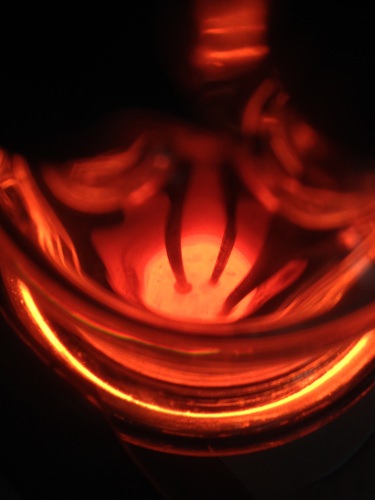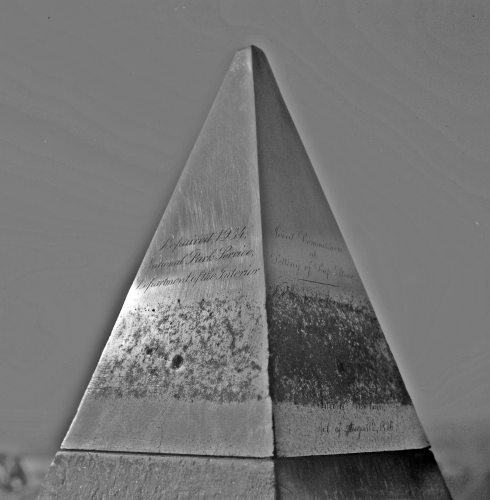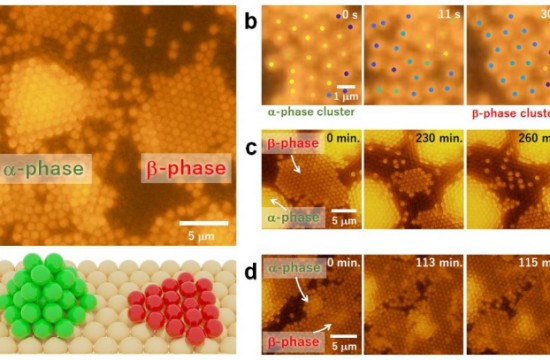
A University of Wisconsin–Madison chemistry professor has come up with a new and more sustainable way to make silicon at much lower temperatures for the kind of advanced batteries used in electronics such as phones, cameras and laptop computers.
Silicon, one of the most common elements on earth, is generally refined from sand, but it could also be sourced from glass. Silicon production is energy-intensive, requiring a temperature of 1700 degrees Celsius.
Now, in the online journal Angewandte Chemie, UW–Madison’s Song Jin, with UW researchers Yifan Dong, Tyler Slade, and other colleagues, have published a recipe for a simpler electrical extraction of silicon that uses much less energy. In the new method, the reactor operates at 650 degrees Celsius — considered a “low” temperature by chemical processors, allowing the use of simpler apparatus.
The new process mimics in many respects an invention from 1886, the Hall-Héroult process, that revolutionized the transformation of aluminum oxide into elemental aluminum. Hall-Héroult changed aluminum from a precious metal into one widely used in vehicles, aircraft and structures.
“Aluminum was very exotic and expensive,” says Jin, “not because it was hard to find — aluminum element is very common in the earth. It was because aluminum metal was expensive to make.”
These factors also apply to silicon, he notes, though demand for silicon will probably never approach that for aluminum. “For several decades, the main need has been for high-purity silicon for microelectronics. But as demand for lower-grade silicon in renewable energy applications grows, we need a less expensive and energy-intensive method to produce silicon at a larger scale.”

In the Hall-Héroult process, aluminum oxide is dissolved in a salt that serves as the electrolyte, which conveys electric current during the reaction. Energized by electricity, the aluminum oxide undergoes the chemical process called reduction: Oxygen is released and metallic aluminum remains.
Today, silicon is produced from silicon dioxide in a high-temperature process that transfers oxygen to carbon and releases a steady stream of the greenhouse gas carbon dioxide.

To adapt the aluminum-production process to silicon, Jin’s group chose to derive the silicon from the common mineral calcium silicate, which can be dissolved in molten salts. They further found a mixture of three salts — calcium chloride, magnesium chloride and sodium chloride — that can melt at a relatively low temperature and still dissolve calcium silicate. A “supporting electrolyte” of calcium oxide aids the speedy transfer of oxygen.
All of these compounds are cheap and common, and the result — at least in the lab — is a dramatic reduction in reaction temperature, and the needs for energy and reactor infrastructure.
All these factors should reduce cost, Jin adds.
Because silicon, calcium and oxygen are the main ingredients of waste glass, and several wastes from burning coal, Jin says, “this environmentally friendly strategy for the practical production of silicon at lower temperatures can be applied to other molten salt systems and is also promising for the recycling of glass and coal ash.”
Jin suggests the new process could be used to produce lower purity silicon for large-scale material and energy applications. And since the reaction produces conducting fibers with a diameter measured in billionths of a meter, it could naturally be used in the lithium ion batteries inside myriad digital devices.
Already, he says, battery manufacturers are moving toward nanoscale silicon for electrodes in lithium ion batteries. In tests on a prototype battery, Jin’s nanowires showed excellent ability to survive many charge-discharge cycles.
The Wisconsin Alumni Research Foundation has applied for a patent on the invention.







